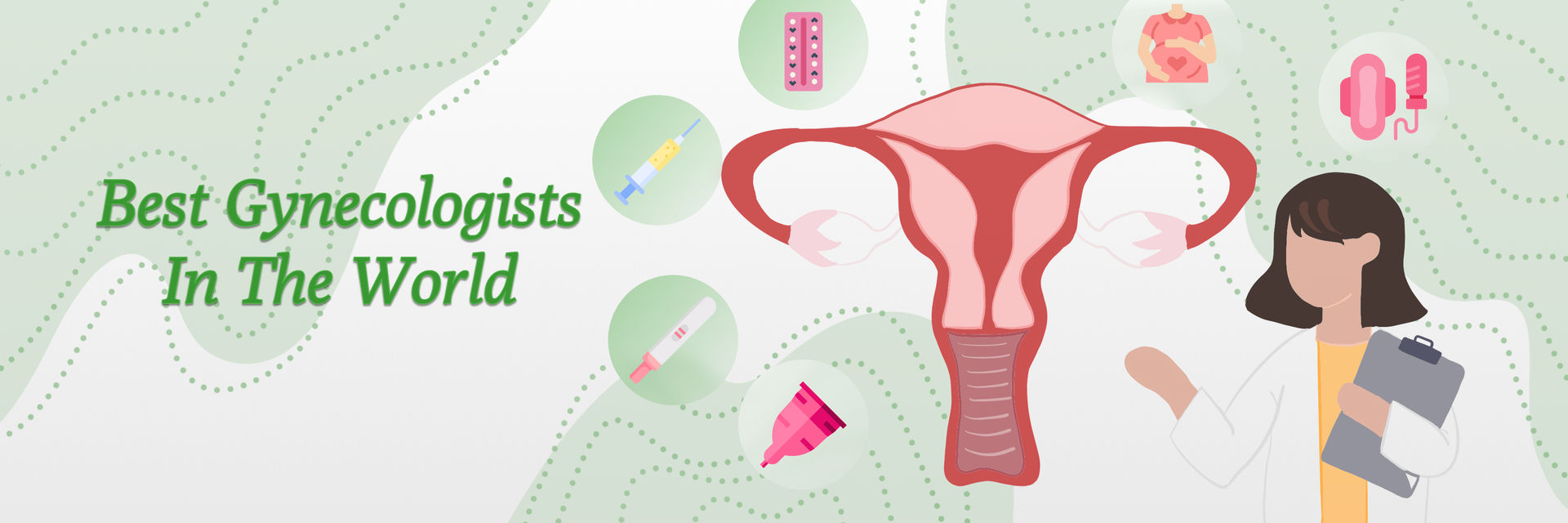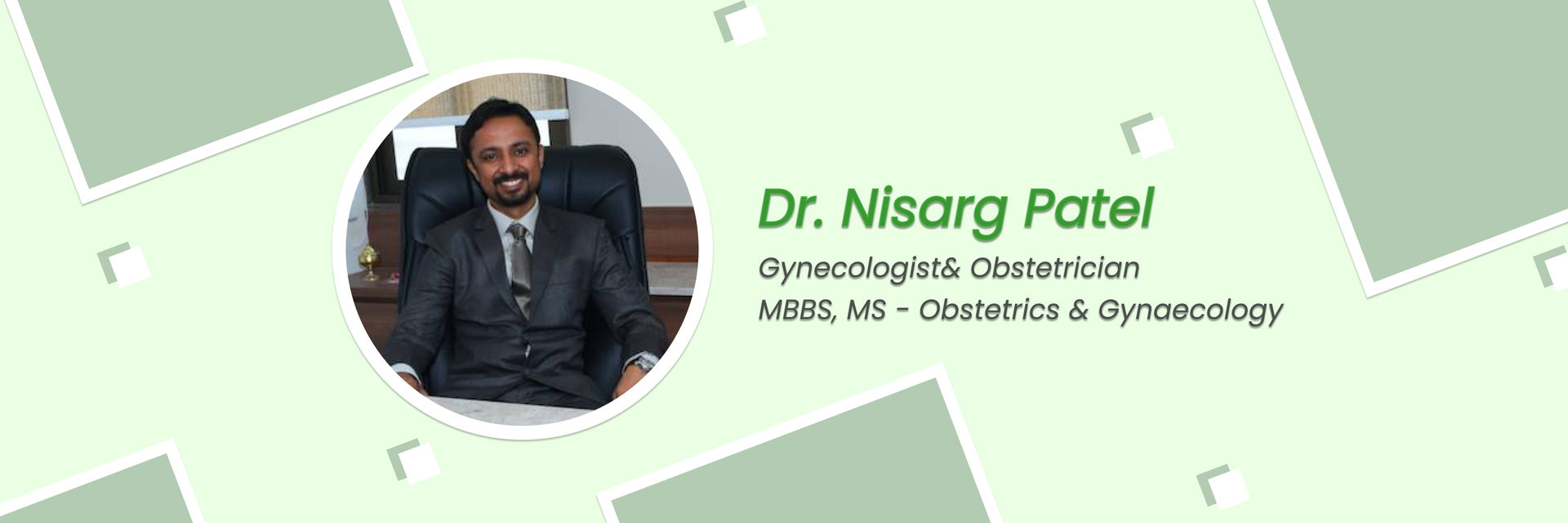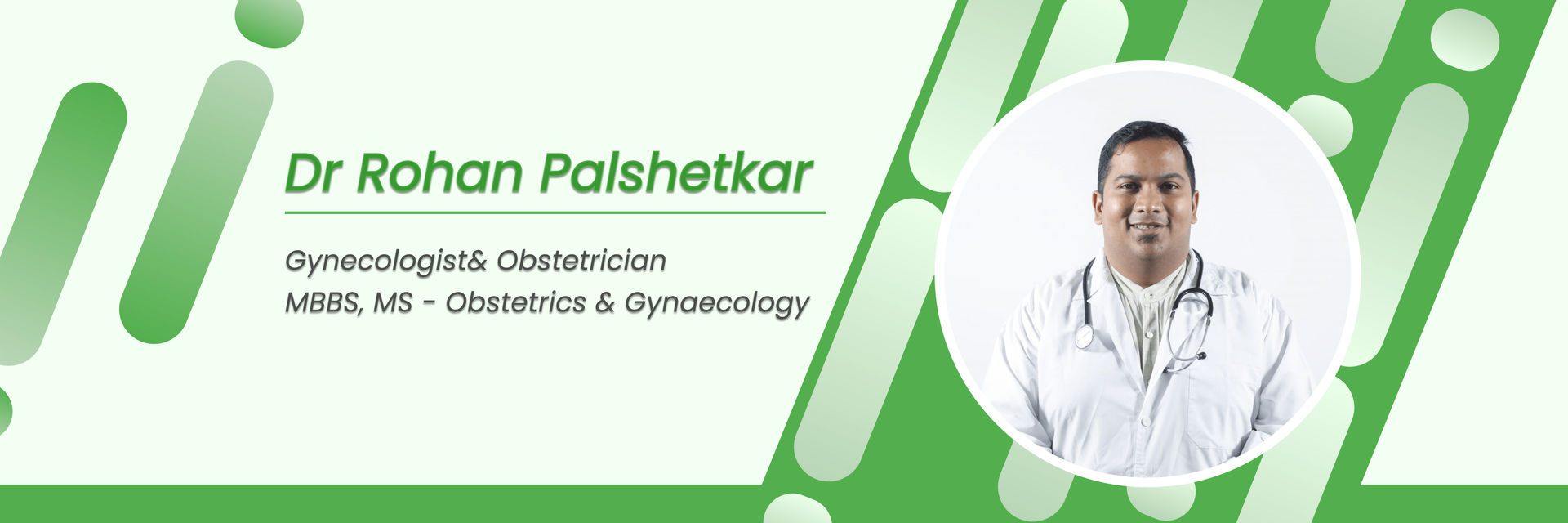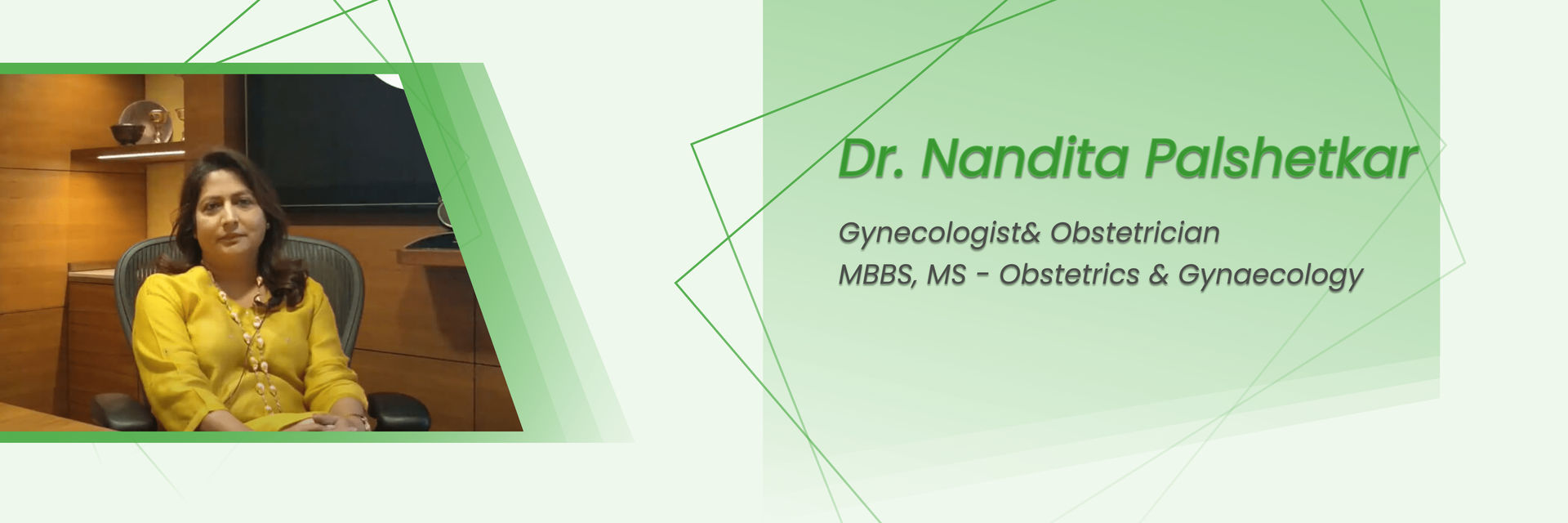Pulmonary embolism is a serious medical issue that can arise after a C-section. In this condition, blood clots from deep vein thrombosis in the legs move to the lungs. Though C-sections are a standard procedure, they have risks. PE is a heightened concern for women after a C-section. Factors like post-surgery immobility and hormonal changes increase the risk.
Although pulmonary embolism isn't very common after a C-section, its potential severity makes it a crucial concern.
The rate of pulmonary embolism after childbirth is documented at 0.45 per 1000 births. This rate is notably higher after abdominal deliveries, like C-sections. It's noted that PE is more common with cesarean delivery than vaginal delivery.
Let’s understand what makes c-sections a point of concern for pulmonary embolism?
Is pulmonary embolism common after a C-Section?
Pulmonary embolism is something patients should be informed about after a C-section, despite its rarity. While the likelihood of PE following a C-section is low, it's vital to recognize and address this risk. We'll explore why it's uncommon, the factors making it rare, and who might be more at risk.
Wondering about the frequency of pulmonary embolism after a C-section?
Don't underestimate your health – book an appointment now to get cured.
Does C-Section Increase the Risk of Pulmonary Embolism?
Yes. C-sections indeed increase the risk of pulmonary embolism. This heightened risk stems from the surgical procedure itself. When an incision is made in the abdominal wall and uterus during a C-section, it can set off blood clot formation, which could lead to PE. Being immobilized for a prolonged period during the operation is another major factor contributing to the PE risk.
Comparatively, the risk of PE is about twice as high following a cesarean section as after a vaginal delivery.
Several reasons explain the elevated risk of pulmonary embolism after a C-section:
- Increased Blood Clotting: Pregnancy naturally makes blood more susceptible to clotting. This is even more pronounced during a C-section.
- Surgical Factors: Undergoing a C-section inherently increases the chances of blood clot development. Any surgical procedure is a recognized risk factor for blood clot formation.
- Reduced Mobility: Recovery from a C-section often involves decreased movement. This lack of mobility can increase blood clot risks since regular movement enhances blood circulation.
- Pressure on Blood Vessels: Pregnancy can put added pressure on the veins. This effect can be intensified during a C-section, which can raise the risk of PE.
- Comparison with Normal Birth: After a C-section, the chances of experiencing PE are about double compared to a regular vaginal birth.
- Serious Consequences: Even though PE is a rare outcome after pregnancy, it's a significant cause of maternal death. This makes it a critical concern after a C-section.
When these factors come together during a C-section, the chance of PE goes up. It's crucial for patients to know about this after their surgery. It also shows why it's so essential to prevent PE and spot it early.
Let's understand the red flags!
How Can I Prevent Pulmonary Embolism After a C-Section?
Stopping PE after a C-section is crucial. There are ways to lower this risk. One of the best things to do is to start moving soon after the operation; this can help prevent blood clots. Wearing compression stockings, which help blood move better in the legs, is another good idea.
People with more risk factors might get medicine to keep their blood from clotting too much. Always talk to your doctor to figure out the best plan for you based on your own risks.
Wondering about prevention steps for pulmonary embolism after a C-section? Take the reins of your health and reach out today for free consultation!
But wait, there's more to uncover – let's explore the telltale signs of postpartum pulmonary embolism together.
What are the signs of postpartum pulmonary embolism?
Knowing the signs of a lung clot after having a baby is essential. Look out for sudden chest pain, breathing problems, a fast heartbeat, and sometimes blood when coughing. If you have these symptoms after a C-section, see a doctor immediately. Acting fast can save lives.
Did you experience any of these symptoms?
Don't delay; schedule an appointment today for consultation.
Understanding the diagnostic steps is a crucial part of managing post-C-section PE. Stay with us as we navigate the procedures used for accurate detection.
What Are the Diagnostic Procedures for Detecting PE After C-Section?
Doctors use different tests to see if someone has a lung clot after a C-section. They might do blood tests to look for signs of clotting. Like CT scans to see clots in the lungs and ultrasounds to find clots in the legs, which can lead to lung clots. It's essential to find and treat it early.
Lung clots often aren't spotted during or after pregnancy because the signs can be unclear.
How Is Pulmonary Embolism Treated in Post C-Section Patients?
If someone has a lung clot, doctors usually give medicine to stop more clots and break up the ones there. If it's really serious, surgery might be needed. The treatment depends on how bad the situation is. After a C-section, there's a chance of getting more clots because of the surgery and body changes.
Here's a more straightforward breakdown of the risks after a C-section:
- Clot Risk After C-Section: Having a C-section can make it more likely to get a dangerous clot in deep veins, usually in the legs. If this clot goes to the lungs, it's really serious.
- Chances of Clots Happening Again: If someone has had a clot once, they're more likely to get another one. The risk is around 5% to 7% each year. People who've had a clot before are over 50 times more likely to get another compared to those who haven't.
- Pregnancy and C-Section Risks: Being pregnant already makes clots more likely. A C-section adds to that risk. One study says the risk is about three out of 1,000 women after a C-section.
Knowing these risks shows why it's so important to watch out for signs and get good care after a C-section.
It's not just about the immediate aftermath – understanding the long-term implications is crucial. Let's journey through it together.
What Are the Long-term Implications of Pulmonary Embolism Post C-Section?
Curious about the long-term implications of post-C-section pulmonary embolism?
Take the first step toward recovery by getting in touch with us for your treatment.
Getting through a lung clot is a significant relief, but there can be lasting effects. You could be more likely to get another clot, have high blood pressure in your lungs, or even have lung damage. That's why it's so important to keep seeing your doctor. They can check on your health, help with any lasting issues, and give you the care you need as you go on.
Curious about why this happens? We're here to explore the causes of pulmonary embolism post-C-section.
What Causes Pulmonary Embolism After C-Section?
A lung clot, or pulmonary embolism, happens when a blockage forms in an artery in the lungs. This often comes from blood clots in the legs or sometimes other body parts, called deep vein thrombosis (DVT). Even though it's rare to get PE after a C-section, it's very serious and can be deadly.
There are a few reasons why someone might get a PE after a C-section:
- Surgery: C-sections can lead to blood clots in the veins in the legs or pelvis. If these break free, they can go to the lungs and cause PE.
- Staying Still: Women might not move around much after a C-section. Sitting or lying down for a long time can form clots in the legs.
- Pregnancy Changes: Being pregnant makes the blood clot more easily. This can last for a bit after giving birth.
- Blood Vessel Damage: Surgery can sometimes hurt blood vessels, making clots form.
- Hormones: Changes in hormones during and after pregnancy can make blood vessels more likely to clot.
- Past Health Issues: Women who've had DVT, PE, or some clotting problems before are more at risk.
- Other Risks: Being overweight, smoking, having some illnesses like cancer or heart problems, having a long labor, having infections, or being older when giving birth can all raise the risk.
Even though there's a higher chance of PE after a C-section, it's still pretty rare. There are things like wearing special stockings, moving around soon after the surgery, or even taking some medicines that can lower the risk for those who are more likely to get PE.
If you suspect having a PE after a C-section, then do not delay. Signs can be trouble breathing, pain in the chest, coughing (sometimes with blood), a fast heartbeat, and feeling dizzy.
Your well-being is our priority - call us to book your appointment today
References:
https://jaclinicalreports.springeropen.com/articles/10.1186/s40981-017-0142-1
https://www.ncbi.nlm.nih.gov/pmc/articles/PMC4771549/
https://www.dovepress.com/pulmonary-embolism-after-in-vitro-fertilization-and-cesarean-section-t-peer-reviewed-fulltext-article-IJWH






